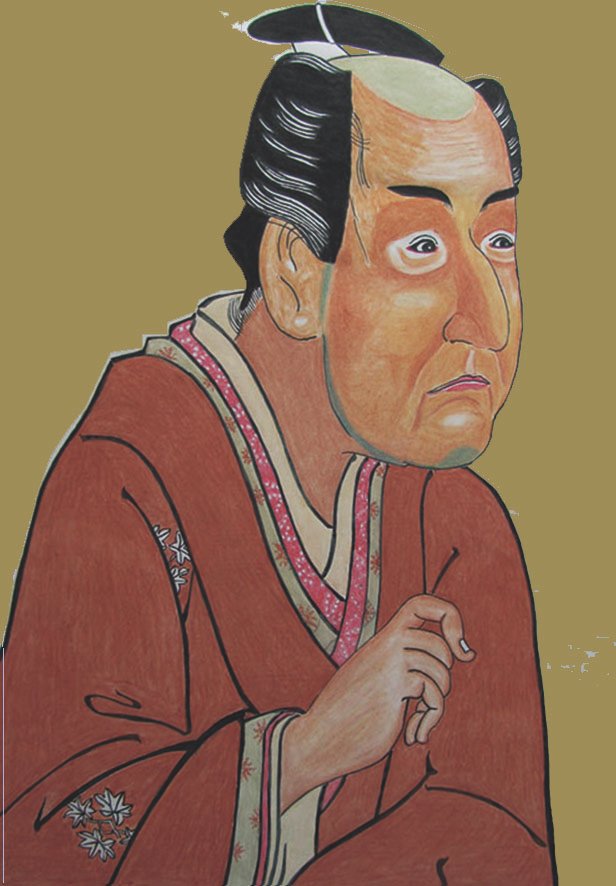When people think of Japanese art, the names Hokusai and Hiroshige often come first.
But hidden in ukiyo‑e history is a figure just as fascinating: Tōshūsai Sharaku — an artist who appeared suddenly, dazzled Edo with powerful kabuki portraits for less than a year, and then vanished. His brief but brilliant legacy continues to puzzle and inspire us today.
Sharaku’s Brief, Brilliant Career
Sharaku was active in 1794–1795, producing nearly 150 kabuki actor portraits in less than a year — an output remarkable for both its speed and intensity. His works stood apart from the graceful, romantic portraits popular in the period.
Instead of idealized beauty, Sharaku emphasized the expressions and emotions of actors in performance: pride, vanity, humor, tension.
This honesty was revolutionary — but also controversial. Many Edo viewers found his depictions unsettling. Just as quickly as he rose, Sharaku disappeared, leaving no clear trace of his identity.
What Makes Sharaku Different?
- 🎭 Focus on kabuki theater: portraits of popular actors in their iconic roles.
- 😮 Psychological realism: revealing pride, arrogance, or mischief instead of polite grace.
- ⏳ A fleeting career: less than a year, yet unforgettable.
Sharaku’s works give us a raw, unfiltered glimpse into Edo’s theater culture, standing apart from the more decorative ukiyo‑e tradition.
Rediscovery in the West
For decades after his disappearance, Sharaku was largely forgotten in Japan. It was only in the 19th century, when ukiyo‑e prints reached Europe, that Western collectors recognized his daring style. Some compared him to Caravaggio — a master unafraid to show raw human truth. Today, Sharaku is regarded as one of ukiyo‑e’s most mysterious and brilliant figures.
Sharaku and Floating World Art
At Floating World Art, we believe Sharaku’s bold vision deserves new recognition — and this is where my father’s reinterpretations give his work a renewed voice.
Unlike standard reproductions, which only preserve fading prints, my father has used digital layering of color and shading to re‑imagine Sharaku’s Kabuki portraits. This doesn’t overwrite Sharaku’s spirit — it asks: “What if Sharaku had access to today’s tools?”
Each reinterpretation is both faithful to Edo kabuki culture and marked by my father’s unique artistic touch, connecting past and present.
These reinterpretations are not meant to replace Sharaku, but to extend the conversation across centuries — Edo kabuki meeting today’s digital creativity.
✅ Artist’s Note
These works are not simple reproductions of Sharaku’s prints — they are reinterpretations created by my father. By layering color and shading beyond what woodblocks allowed, he brings Sharaku’s portraits to life in new ways, remaining faithful to Edo while adding his own artistic vision.
Sharaku’s artistic career may have been brief, but his portraits remind us that art can capture more than beauty — it can reveal truth. Through reinterpretation, his fleeting world becomes vivid once again, inviting a new generation to explore kabuki theater, Ukiyo‑e, and Japanese creativity.
